Welcome to our mini-series blog posts about entrepreneurship. We are going to talk about how can you create a financial model for your startup… Before we begin I want to say that I am not a certified accountant… And I will share my own experiences with startup finance which I gained in 10 plus years of hands-on entrepreneurship…
After I said that…
How startup financial models are structured?
Let’s start by explaining briefly how a startup financial model or any business financial model works…
Your financials are going to be a summary of your business model in a spreadsheet… And the core of your business model is your value proposition…
The value proposition is what benefit you offer to your target customers… There should be an economic analysis that says the customer receives a certain benefit from your proposition…
And also the key to the success of any business is to have a competitive advantage over all the products or services out there…
That convinces your customers to buy your product or service instead of your competitors…
So understanding the economics of your competitive advantage is key to things like your pricing…
The other thing you have to understand when you are thinking about your competitive advantage is what are you going to have to spend to keep that competitive advantage…
Are you going to keep investing in marketing, employees or technology, etc? And how much you are going to invest in?
You have to consider what is the cost for you to build a product than to sell the product…
So the next thing to consider is obviously your price and related to your prices your revenue… Which is the number of units that you sell times your price for that unit…
So after you create your business model, you need to translate all those elements into a business model formula…
Your business model formula translates your business model into financials…
Now, after we defined how you turn your business model into financials, let’s have a look at what parts are there in a financial model…
A financial model is usually split into G&A (which is general and administrative expenses), COGS (which is the cost of goods sold), Revenue, and CAPEX (which means capital expenditure)…
If you are running a digital business, the cost of goods sold will be server expenses that hold all your data which is essential to the business…
Costs to consider in your financial model.
Let’s dig in one by one…
As G&A you calculate expenses such as team salary, marketing costs, rent, insurance, accounting, legal, and all other services that your company needs to execute its tasks…
COGS holds all the server costs of your company… Which, by the way, I assume your business is online… Also, another example of COGS for an e-commerce business that sells physical products is the cost of goods before you sell your products…
The Revenue sheet contains not only your final revenue metrics month by month but also must contain your future projections…
Iterations to calculate your future revenue can be done by different formulas… It’s all related to your business model…
To give an example… If you are running a Saas business you can guess how much renewal revenue you are going to make by looking at your historical retention rates and churn rates… Also, take into consideration your marketing spending for the future…
Another example, If you have a business model based on advertisement income… You can check your previous month’s traffic and try to guess the following month’s traffic… Compare the data with your marketing expenses… There will be a coloration between them… So you will be able to guess the following months in that way…
Unfortunately, it is impossible for me to give all the examples of all business models… But don’t worry, after this lecture, you will be able to create your financial model…
And now, CAPEX is used mostly for equipment… To give an example… Office furnishing and computers…
When you buy a new laptop, you are not spending the money but you are putting it into an asset… So for financial purposes, it works somehow differently… There will be depreciation and a few other things calculated here…
OK, now it is time to calculate your P&L (which is profit and loss)…
The formula is simple…
Revenue – (G&A + COGS + CAPEX) = P&L
What startup investors seek in a financial model?
Investors want to know that you really understand more than just the strategies and tactics of your business model… They want to know that you understand how to translate those strategies into the profit…
They want to know that you have a financial understanding of the implications of everything in your business model…
So for example, what is the sales cycle in your business? Are you going to be able to sell each customer every 30 days or 90 days or is it going to take a year?
Or if you are in a consumer business, what is the conversion rate for visitors that come to your web page… or your click-through rate for an offer?
So you need to know these metrics before you start creating your financials…
If you have any questions please feel free to reach me…






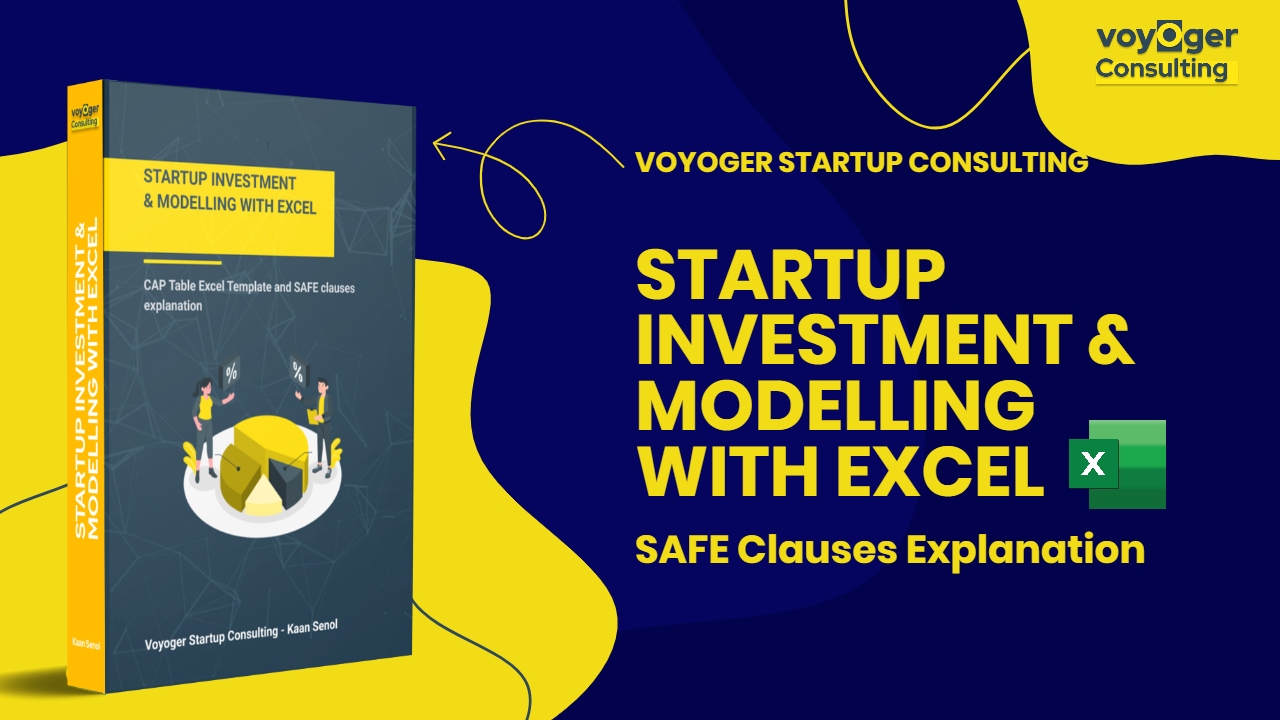
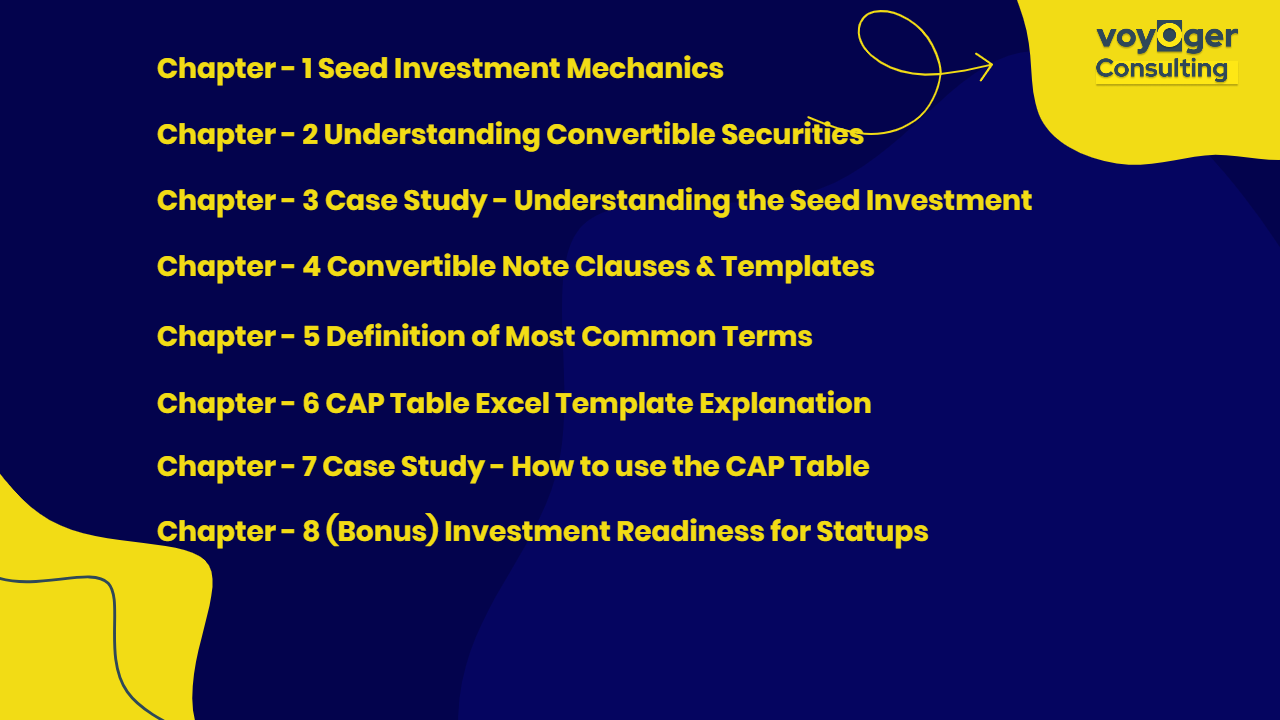
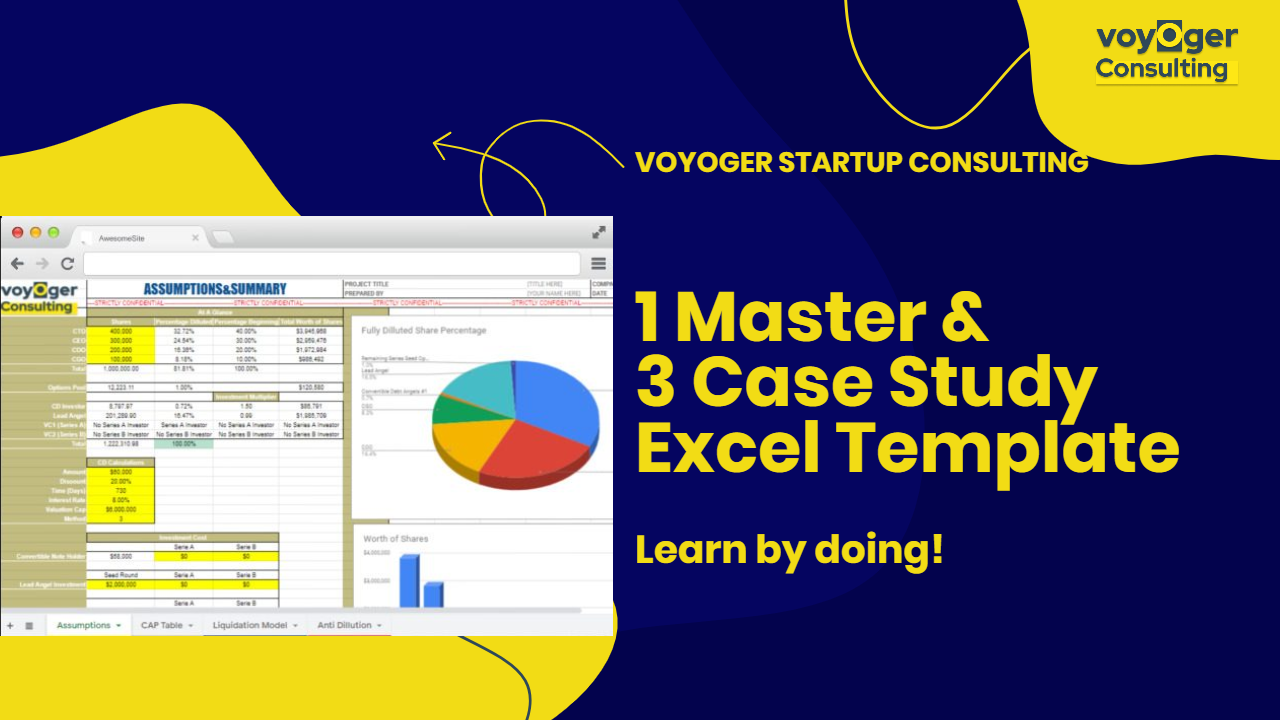
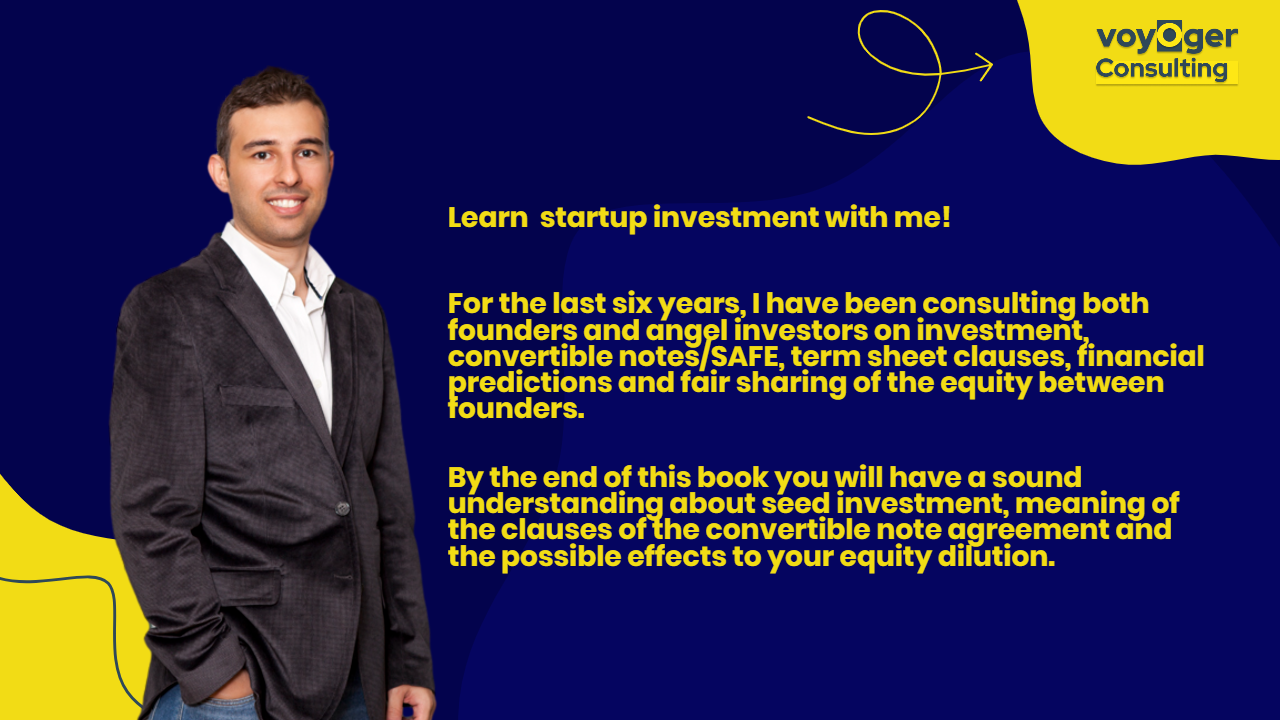

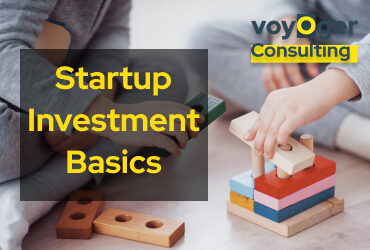

0 Comments